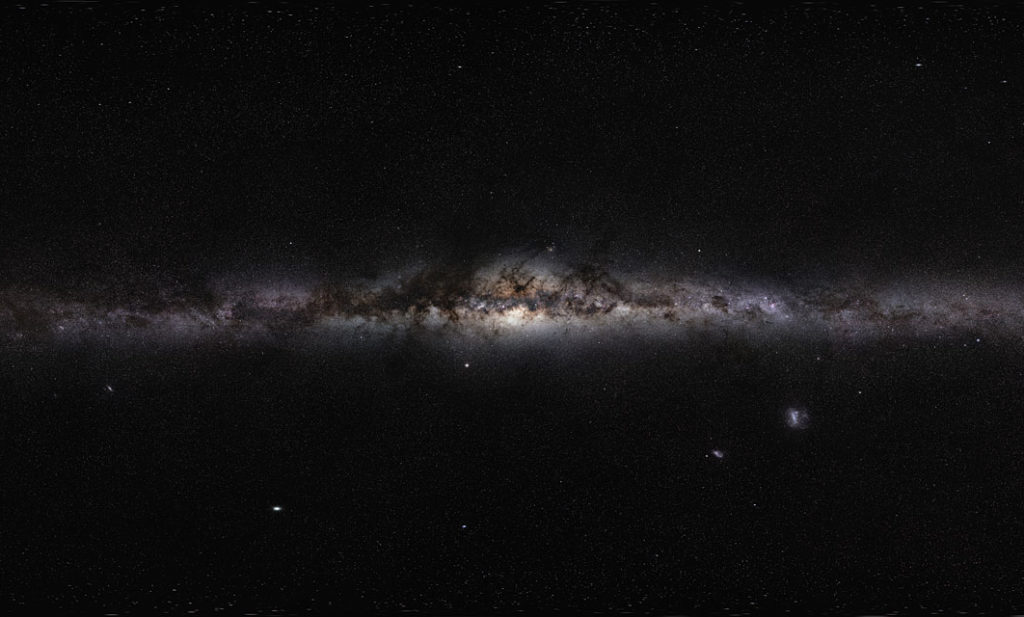Astronomers believe they’ve detected a planet in a galaxy beyond the Milky Way for the first time in history.
The unnamed exoplanet – a planet that exists in a galaxy outside of our own solar system – was revealed in the Nature Astronomy journal on Monday.
It was discovered in its own spiral galaxy called Messier 51, also known as the Whirlpool Galaxy, which is over 23 million light years from Earth.

Not much is known about the planet at this point, but scientists believe that it’s about the same size as Saturn and is orbiting its sun at about twice the distance of Saturn from our sun.
So far there has been more than 4,000 exoplanets discovered, but they’ve all been found in the Milky Way, with most of them less than 3,000 light years away from Earth.
If this new planet is confirmed, it would be thousands of times further away from Earth than any other exoplanet planet that’s been identified.
🪐Chandra scientists have found the first possible planet candidate outside of our galaxy! Located about 28 million light years from Earth in galaxy M51, it’s thousands of times farther away than all the other exoplanets detected in our Milky Way. More: https://t.co/LLnJAzfDZA pic.twitter.com/oa3u4GL3Av
— Chandra Observatory (@chandraxray) October 25, 2021
While the idea of other planets existing outside of our own galaxy is assumed, NASA has said there’s still a lot more research required to confirm the existence of the exoplanet.
The research to facilitate this is quite complicated, as the unnamed planet is believed to have such a massive orbital distance it won’t pass in front of its neutron star or black hole for another 70 or so years, according to the release.
NASA says it found evidence of what may be the first planet ever discovered outside our galaxy.
The possible planet is 28 million light years away in the “Messier 51” galaxy, and was located by analyzing X-rays. Scientists say it may take decades to confirm.
(📷🪐: NASA) pic.twitter.com/xKN3lYZuS2
— AJ+ (@ajplus) October 26, 2021
Still, the discovery can be seen as a beacon of hope for those looking for signs of planets outside of our own galaxy.
“We are trying to open up a whole new arena for finding other worlds by searching for planet candidates at X-ray wavelengths, a strategy that makes it possible to discover them in other galaxies,” Rosanne Di Stefano, a physicist who works with the Harvard & Smithsonian Center for Astrophysics, said in the announcement from NASA.



